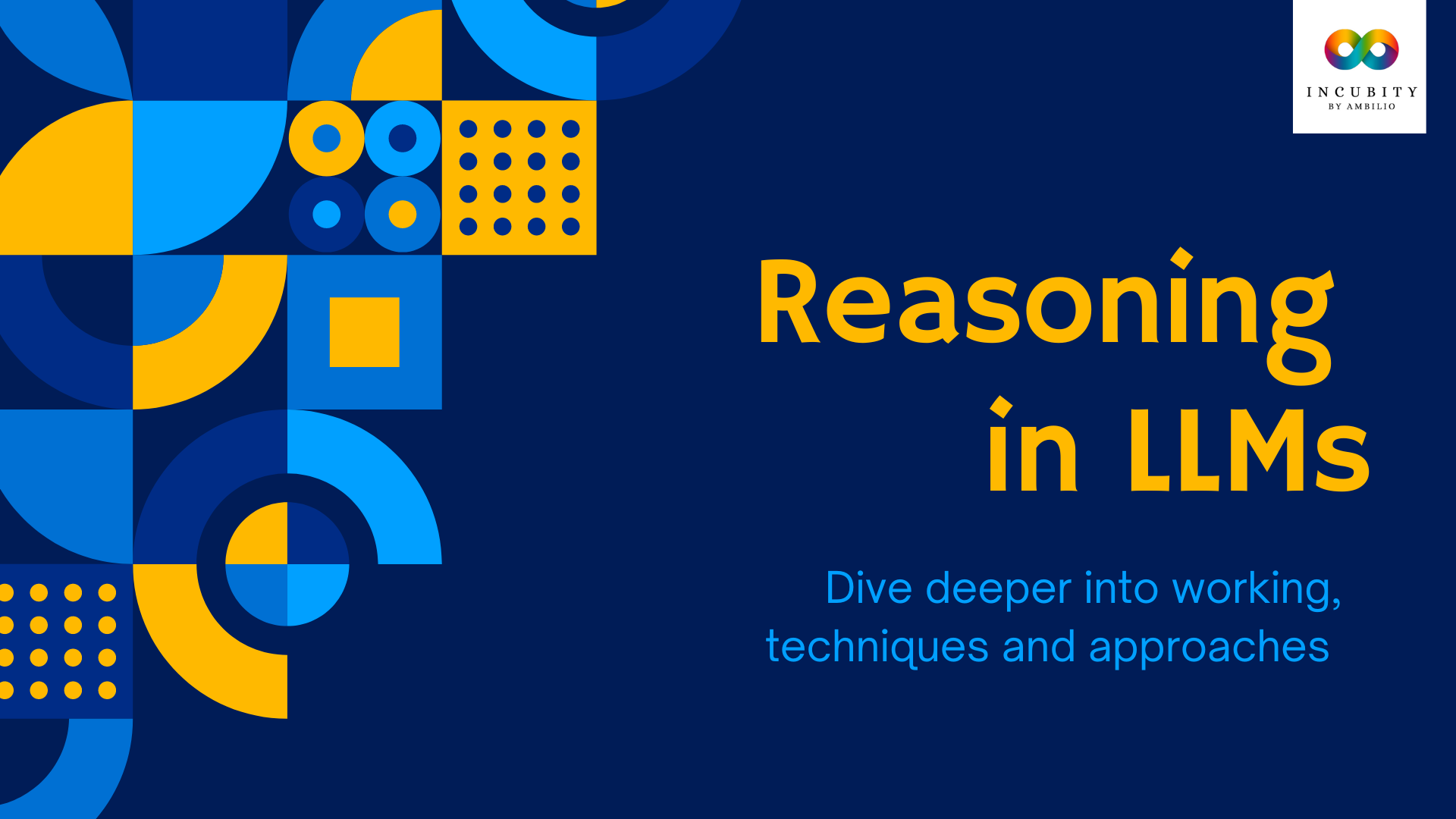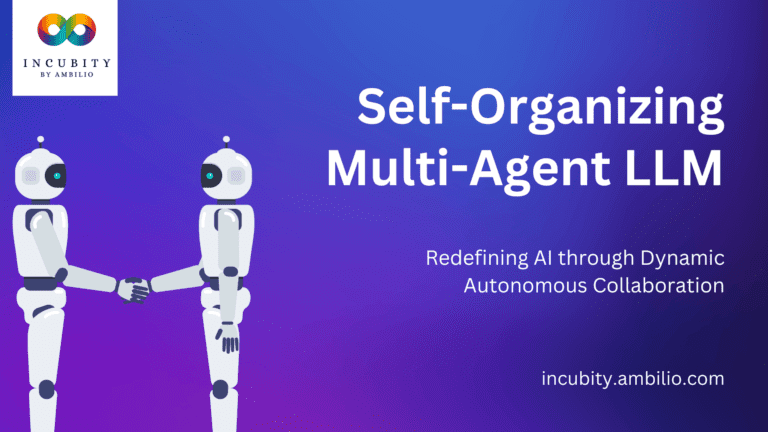Large Language Models (LLMs) have revolutionized the way we interact with machines. These complex algorithms, trained on massive datasets of text and code, can generate human-quality text, translate languages, write different kinds of creative content, and answer your questions in an informative way. But can they truly think? Can they reason? Diving into the potential of reasoning in LLMs is a crucial step towards building truly intelligent machines. In this article, we’ll delve into the intricate world of LLM reasoning, exploring its significance, its inner workings, and the diverse techniques driving it forward.
Why reasoning matters?
Reasoning is the cornerstone of human intelligence. It allows us to solve problems, make decisions, and draw logical conclusions from information. Without it, we would be limited to rote memorization and simple reactions. Similarly, LLMs without reasoning capabilities are confined to statistical predictions and pattern recognition. They can mimic human language flawlessly, but they lack the depth of understanding that comes from reasoned thought.
So, how does reasoning work in LLMs?
Unlike humans, LLMs don’t possess a dedicated “reasoning module.” Instead, they rely on complex statistical models and underlying algorithms to process information and generate responses. This reasoning can manifest in various ways:
- Logical deduction: LLMs can apply the rules of logic to draw conclusions from given premises. For example, if they learn that “all birds have wings” and “a sparrow is a bird,” they can infer that “a sparrow has wings.”
- Causal reasoning: LLMs can understand cause-and-effect relationships in the world. If they learn that “drinking too much water can lead to water intoxication,” they can warn someone against excessive water consumption.
- Analogical reasoning: LLMs can identify similarities between different situations and apply knowledge from one to the other. For example, if they learn that “exercise makes you stronger,” they might analogize to suggest that “studying makes you smarter.”
The diverse techniques at play
Different techniques contribute to the development of reasoning in LLMs:
- Symbolic reasoning: This approach uses formal logic systems to represent and manipulate knowledge. While powerful, it can be inflexible and struggle with ambiguous information.
- Neural reasoning: This method employs neural networks to learn and reason directly from data. It offers greater flexibility but can be data-hungry and prone to biases present in the training data.
- Hybrid approaches: These techniques combine symbolic and neural methods, aiming to leverage the strengths of both.
Beyond basic reasoning
The field of LLM reasoning is continuously evolving, with exciting new approaches emerging:
- Meta reasoning: This involves reasoning about the reasoning process itself. LLMs can learn to assess the validity of their own conclusions and refine their reasoning based on new information.
- Dynamic reasoning: This allows LLMs to adapt their reasoning to new contexts and situations in real-time. They can continuously update their understanding and reasoning based on ongoing interactions.
- Transferable reasoning: This enables LLMs to apply reasoning skills learned in one domain to another. This opens up the possibility of generalizing reasoning abilities across diverse tasks.
- Multimodal reasoning: This allows LLMs to incorporate information from various modalities, such as text, images, and audio, into their reasoning processes. This leads to richer and more comprehensive understanding.
- Adversarial reasoning: This involves training LLMs to be robust against adversarial attacks, where attackers try to manipulate the model’s reasoning through specially crafted inputs. This strengthens the overall reliability and trustworthiness of LLMs.
Final Words
Reasoning in LLMs is still in its early stages, but its potential is vast. As we develop more sophisticated techniques and approaches, LLMs will evolve into even more intelligent and capable partners. They will be able to solve complex problems, make informed decisions, and engage in meaningful dialogue that rivals human conversation. This paves the way for a future where machines play a more integrated and impactful role in our lives, collaborating with us to tackle the world’s most pressing challenges.
However, it’s crucial to remember that reasoning LLMs are not a replacement for human intelligence. They will likely lack the creativity, intuition, and ethical considerations that characterize human thought. We must approach this technology with caution and ensure that it is developed and used responsibly, adhering to principles of fairness, transparency, and accountability.







